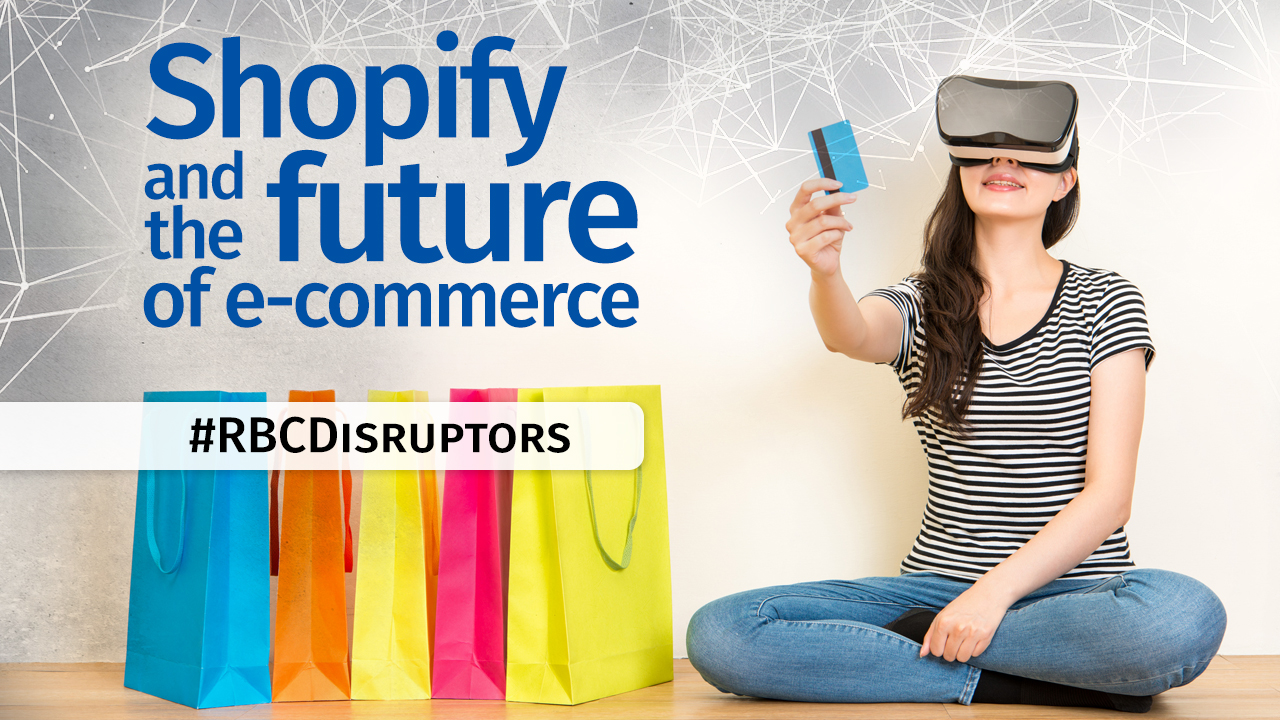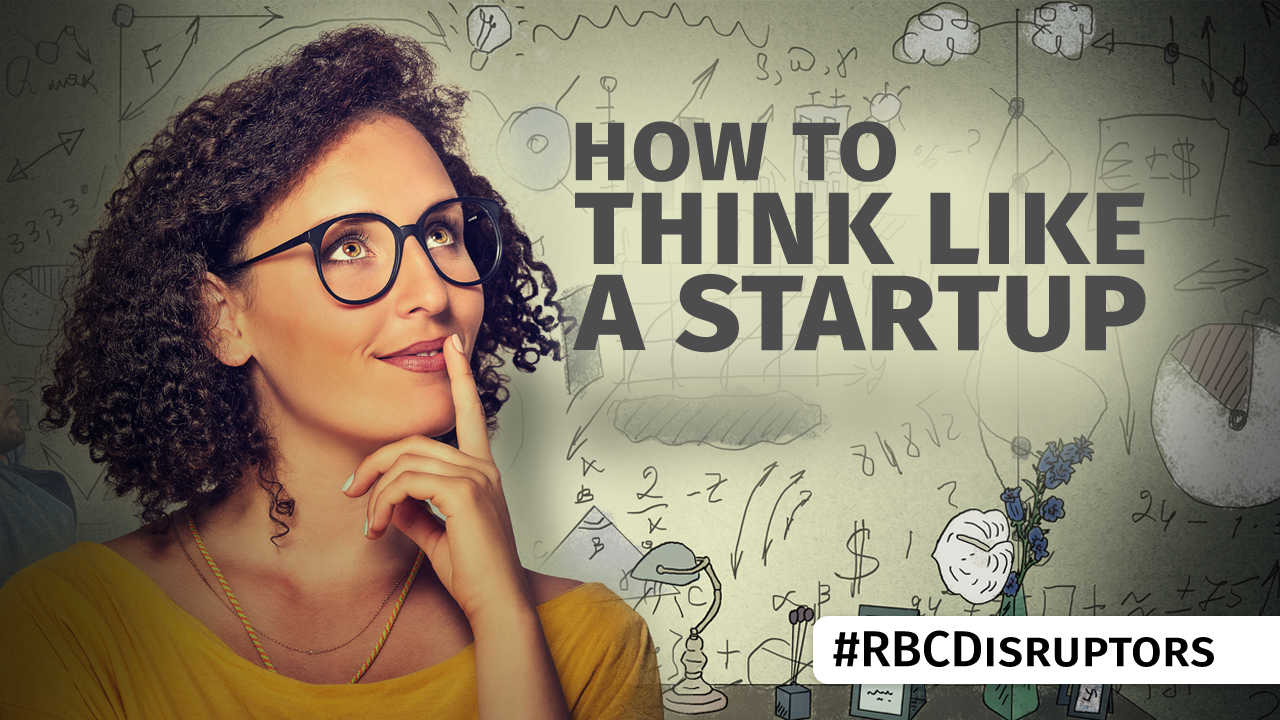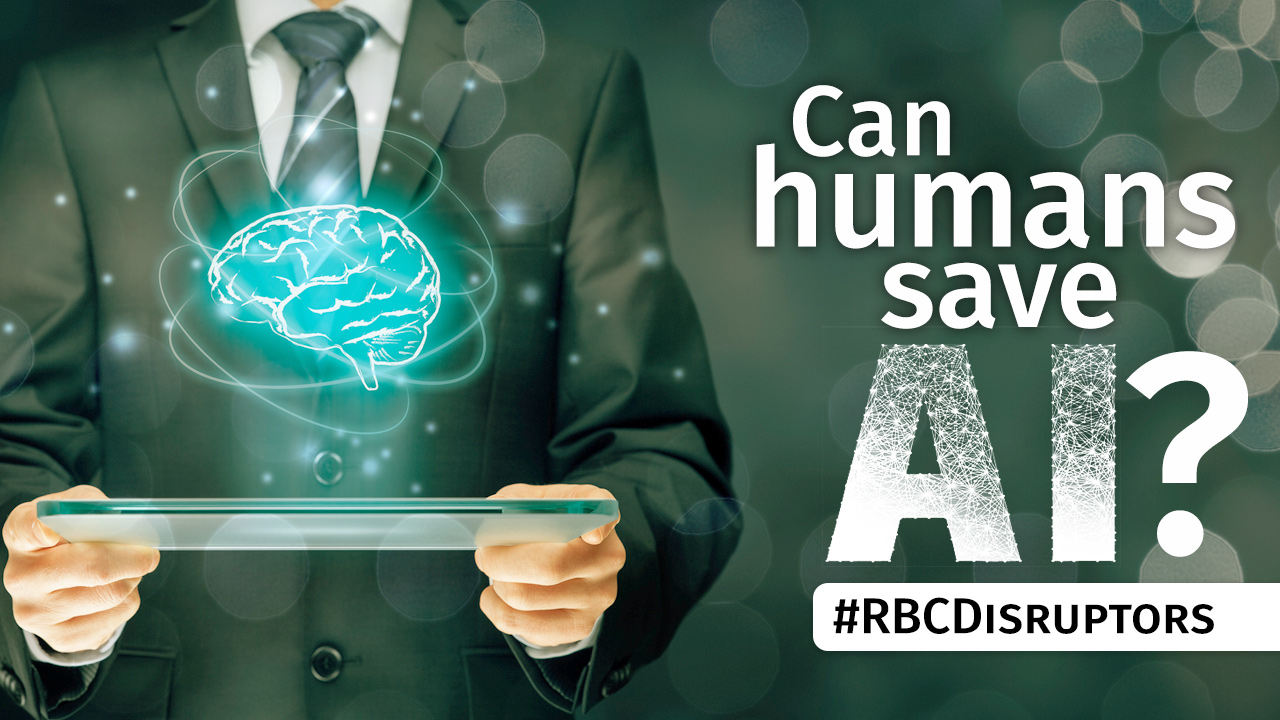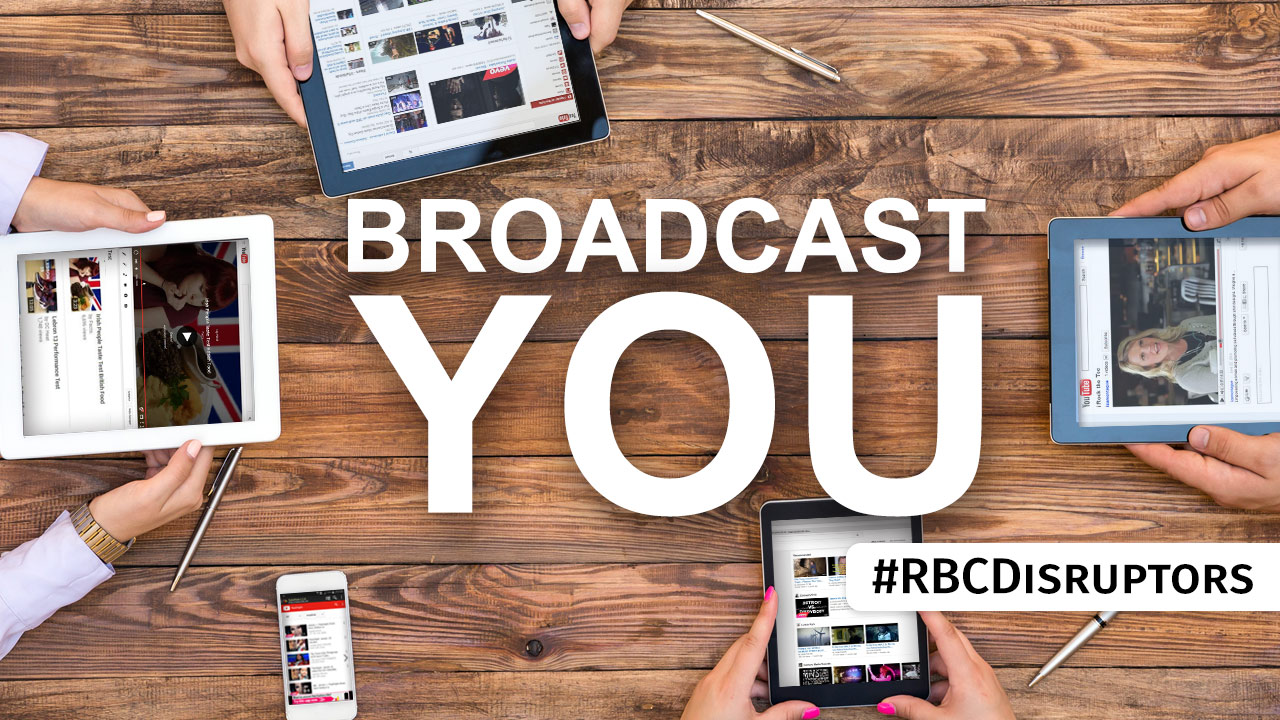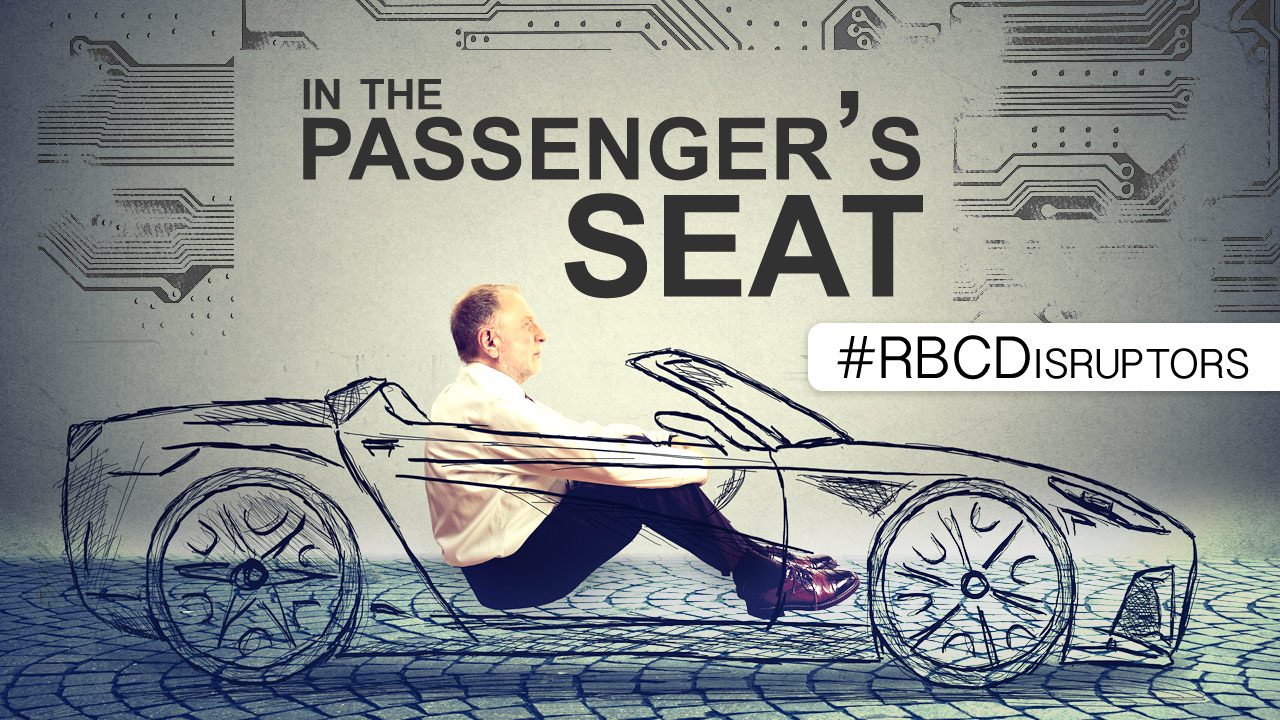For Drake's OVO line, it's a chance to sell through Instagram and Facebook. For rapper 50 Cent, it's an opening to trade headphones for bitcoin.
And for Kylie Jenner, it’s perhaps the best shot yet to change an entire category overnight; thanks to e-commerce, her cosmetics line is now outselling L’Oréal and MAC online – combined.
Celebrity brands, mobile payment platforms and emerging technologies like augmented reality may be bringing e-commerce to an inflection point. Too bad not enough retailers are ready.
E-commerce accounts for less than 15% of retail sales in the US, and less than 10% in Canada.
But as mobile payment technology takes hold and distribution costs decline, those numbers may shift quickly.
“The Internet has democratized distribution,” says Harley Finkelstein, Shopify’s chief operating officer, speaking at the latest #RBCDisruptors, our monthly forum on innovation.
Here are some of his insights:
The Big Shift: Power to the Purchaser
Sorry stores, it’s no longer about you. Retailers have long dictated shopping terms to consumers: how, where and when you can buy something. But “store hours” are becoming a thing of the past. So, too, is the middleman. “I can go directly to the retailer, get great insights prior to that purchase – and it’s cheaper,” explained Finkelstein.
Social Selling
The old mall map has been replaced by social media channels that can guide you through a personalized shopping journey, informed by your habits, preferences and friends. “What social media has done from a marketing perspective, is level the playing field,” explained Finkelstein. Which brings a whole new meaning to You Are Here.
Side Hustles Go Mainstream
Celebrities like Jenner, Kanye West and Drake were quick to seize on this opportunity, knowing social commerce would allow them to monetize their massive fan bases as old business models – music, for instance – fade. The resulting celebrity product lines have helped launch a whole new side of retail, known as “side hustles.” Case in point: Finkelstein described an investment banker who uses Shopify to sell homemade jam made from lemons on his hobby farm.
Playing With the Platforms
Online platform giants like Amazon, Facebook and Alibaba enjoy an unparalleled scale and cost base. For everyone else, that means an even greater need to create a unique ecommerce value proposition. Forget commonly available products. Think cool brands, unique experiences (online and offline) and personalized relationships with customers. “You have to create value,” said Finkelstein.
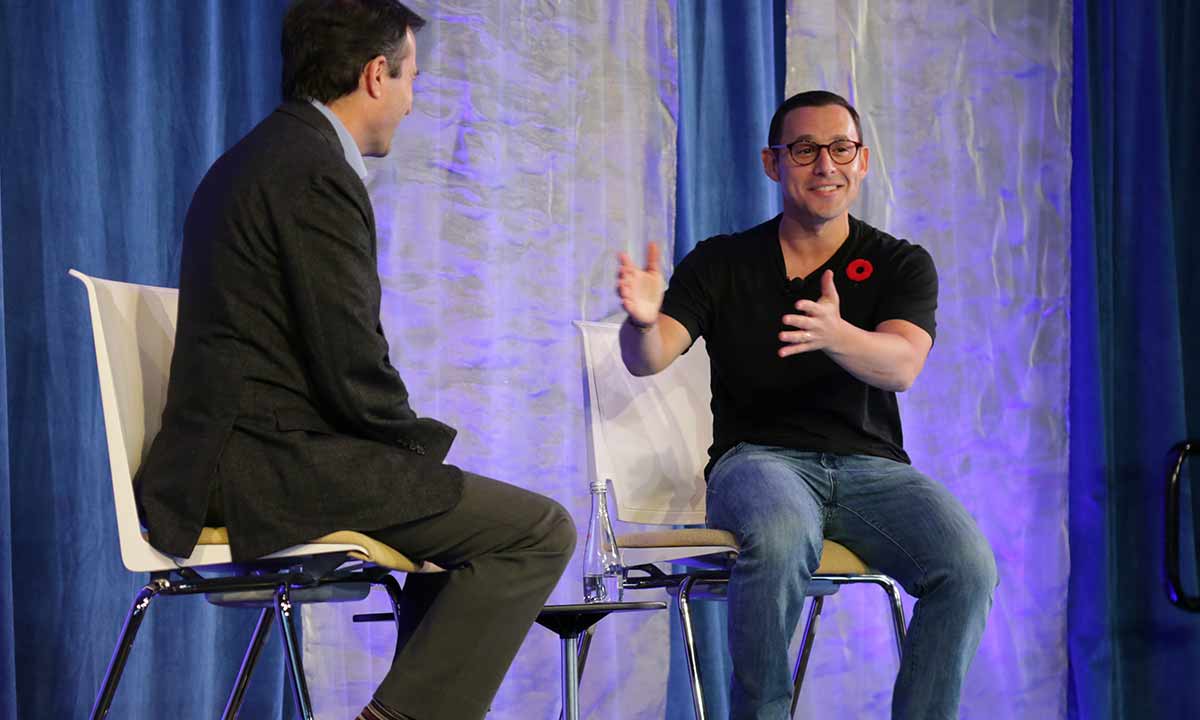
Paying How You Want
When it comes to payment, Finkelstein believes retailers should accept the payment that’s preferred by customers. Full stop. He pointed out that Shopify was one of the first to accept bitcoin, with rapper 50 Cent selling his branded headphones via Shopify and accepting cryptocurrency as payment. “We as a retail industry should be agnostic as to how people pay.”
The Many Cultures of Commerce
When selling online to a global audience, knowing the culture is key. “Each country and each region has these really interesting nuances. The idea of using a credit card to pay for a transaction online in India is unheard of. You have to use a ‘cash and delivery’ type of model,” explained Finkelstein. In Indonesia, retailers have sold through Instagram for years, and now use social media in very different ways from North America. While in the U.S., “everybody is used to next-day delivery. Most countries don’t expect that. In Brazil, you just want to receive your package.”
The Big Q: Is Traditional Retail Dead?
The short answer: no. That is, if retailers can create great, customized experiences that are unique to their store offerings and to the customers they’re targeting.
In other words, it’s not just about product and price. It’s about the experience and emotion that shoppers attach to a brand. Some clothiers, for instance, offer espresso and hot shaves to customers who visit their shops, perhaps after browsing online. Others are starting to offer Augmented Reality tools that let customers visualize products on them, to get a smart read on sizes and cuts.
There’s no denying the retail industry is in a state of mass disruption, with over 5,000 stores in the U.S. closing their doors last year. But Finkelstein believes that chance will create greater opportunities for Canadians seeking a slice of the global market.
“Canada is becoming a lot more ambitious. We are fiercely Canadian but we are becoming fiercely ambitious with our companies.”
As Senior Vice President, Office of the CEO at RBC, John Stackhouse is responsible for interpreting trends for the executive leadership team and Board of Directors with insights on how these are affecting RBC, its clients and society at large. Prior to this, John was editor-in-chief of The Globe and Mail (2009-14), editor of Report on Business, the newspaper’s national editor, foreign editor and its foreign correspondent based in New Delhi, India (1992-99).
Other #RBCDisruptors articles

